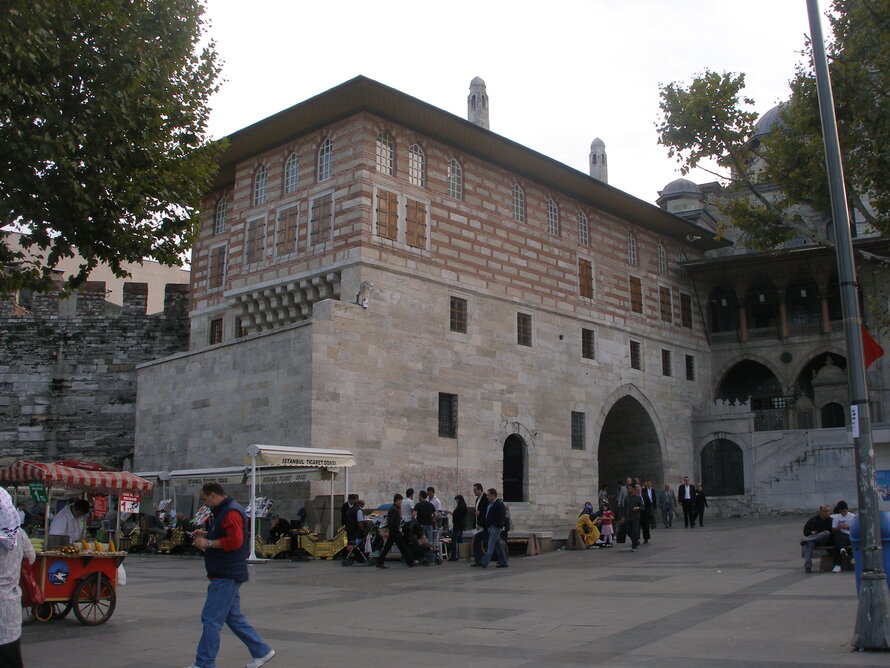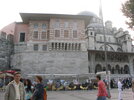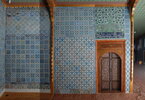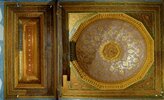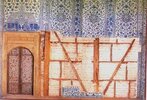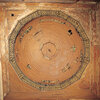Yení Mosque Sultan’s Pavilion, Istanbul
The New Mosque Sultan's Pavilion which is a significant part of the New Mosque Complex in Istanbul from the end of the 16th century gives us important data on th dwelling plan scheme of its era. During the restoration we have tried not only to preserve this original plan scheme, ...
Read more
Project details
| Title: | Yení Mosque Sultan’s Pavilion, Istanbul |
|---|---|
| Entr. year: | 2010 |
| Result: | Award |
| Country: | Turkey |
| Town: | Istanbul |
| Category type: | single building |
| Notes: | |
| Building type/ Project type: | Religious building/memorial |
| Former use: | Sultan's Pavilion |
| Actual use: | Historic venue, cultural attraction |
| Built: | 16th century |
| Architect / Proj.leader: | ITO (Istanbul Chamber of Commerce) |
| The Jury's citation: | "What impressed the Jury about this project was the courage and determination of the Turkish authorities to restore the Sultan's Pavilion with such meticulous accuracy. Their commitment to authenticity was uncompromising." |
| GPS: | 41°1'2,5"N; 28°58'17,3"E |
| Web, Links: | www.misircarsisi.org/sayfalar.asp?LanguageID=2&cid=236&id=254 |
Description:
The New Mosque Sultan's Pavilion which is a significant part of the New Mosque Complex in Istanbul from the end of the 16th century gives us important data on th dwelling plan scheme of its era. During the restoration we have tried not only to preserve this original plan scheme, but also the style of decoration used in the building, which is a unique example of traditional Ottoman arts, the strucure system of its roof, its timber framed building system hidden in the masonry walls, its craftsmanship of metal, glass and gypsum works and the original Iznik çini tiles as intact as we could. All interventions have been applied using contemporary materials with traditional building methods. The building was initially taken under protection against outer factors by a protective shelter and a steel structure covering its facades. During the conservation work attention is especially paid to keep the original materials which were dismantled or preserved in their original places as intact as posible. All the dismantled elements have been cleaned, repaired, rehabilitated and installed back to their places. The ones which couldn't be installed to their places (çini tiles with wrong patterns, severely damaged hinges, metal nails, some glass pieces, etc.) because of different reasons have been listed and handed to the Construction Museum which belonged to Directorate of Foundation. All the work done was recorded by 32 cameras. The cameras helped us obtain the security during the restoration and to record the construction works.
Similar projects
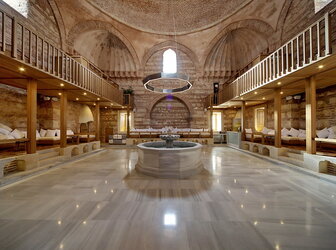
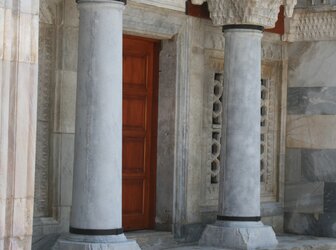
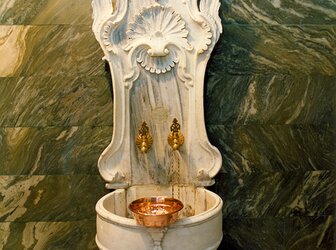
19th century
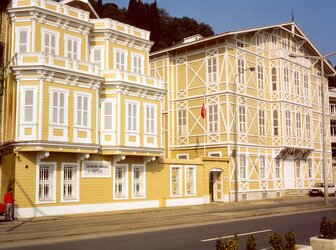
20th century
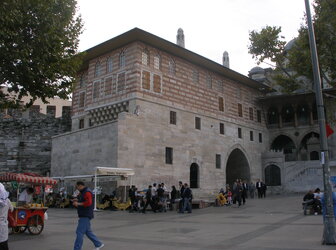
16th century
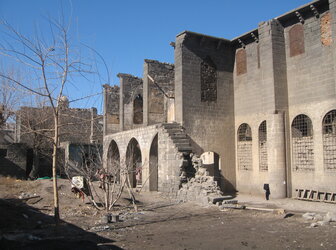
17th century
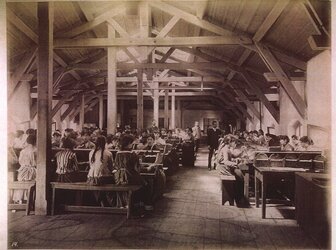
19th century
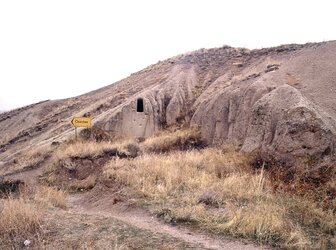
10-13th century
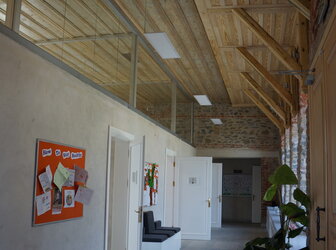
1871
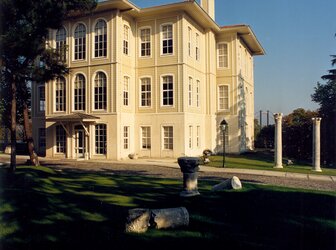
19th century
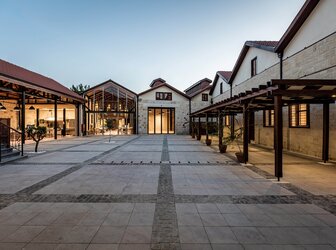
1865
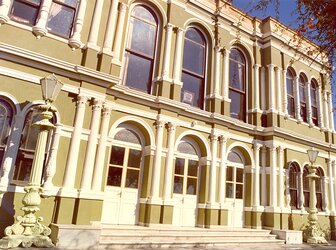
19th century
